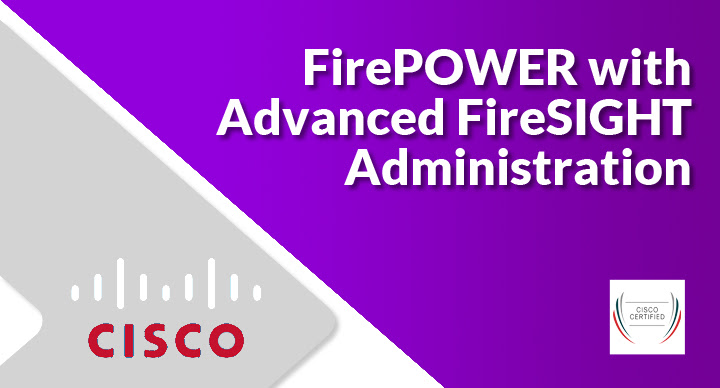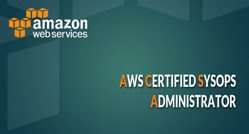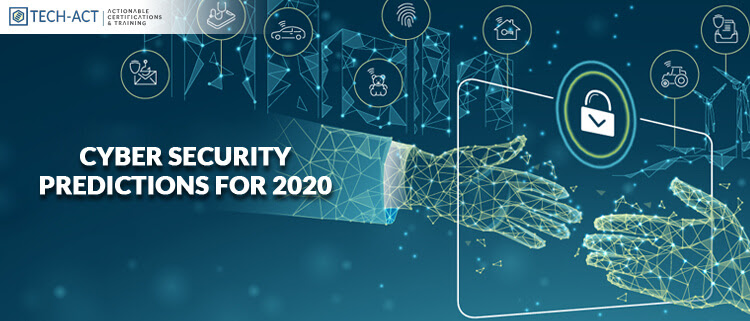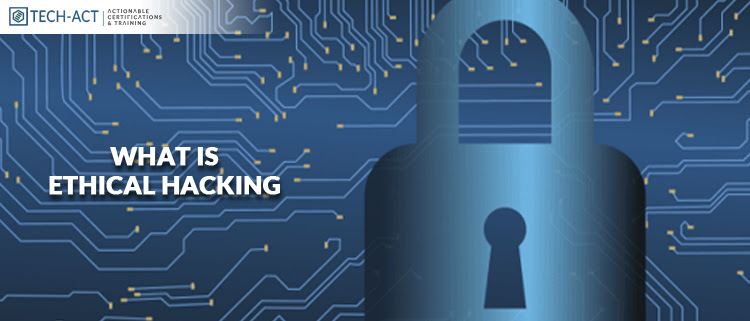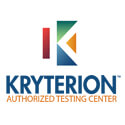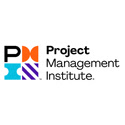Best Practices To Embed Security Into Your DevOps
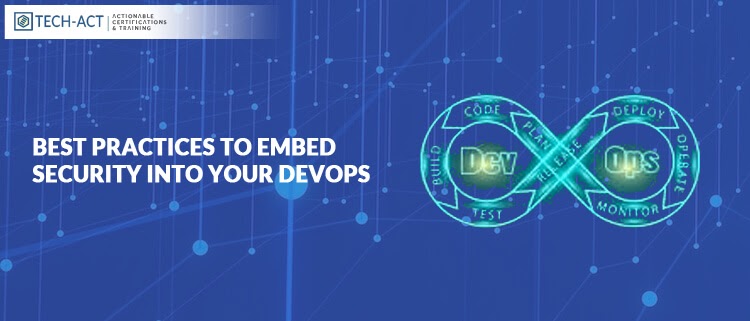
Today many organizations globally have started looking at DevOps, as an effective way to develop software. As it has the potential to change the way of innovation and it also increases the product quality. The other benefits it provides are shorter delivery cycle plus it speeds up the time-to-market. However, now-a-days data and cyber security are a major concern for every business. Therefore, experts across the industries have identified the need to embed security into each and every aspect of DevOps.
So what is DevOps security? It is the set of discipline and practices which are designed to keep the entire DevOps environment safe. Each and every part of DevOps lifecycle should be secured i.e. right from its inception, designing, building, testing, release, support & till its maintenance plus beyond. Such DevOps security is also named as DevSecOps, this strengthens the security through improved collaboration and shared responsibility which covers the entire workflow of DevOps.
Today in this blog we will look at the basic considerations and the challenges for implementing the security in DevOps environment plus the best security practices for DevOps.
DevOps Security Challenges and Considerations:
The DevOps standards have helped the organizations to bring in significant changes in their development, operations & maintenance of applications and IT infrastructure i.e. for both onsite and cloud environment. DevOps model is formed by the combination of two separate IT worlds i.e. IT operations and IT development and this model is a hotchpotch of many functions like specifications and requirements, coding, testing, operational readiness & implementation. It is generally accompanied by agile software development process that enables cross team alignment & collaboration and also bespoke development. A continuous tracking of velocity, automation and monitoring outlines all the steps of DevOps software development starting from integration, testing, releasing till deployment and infrastructure management. DevOps practices and commonly used tools lead to certain security issues and considerations which are mentioned below:
- The major focus of DevOps is on speed, therefore very often the security teams land up in situations wherein they are unprepared or not ready which compels them to be reactive.
- There is cultural resistance to security, as they feel embedding security will slow down the entire development process.
- DevOps environment depends heavily on cloud deployment which means sharing many cloud security considerations. DevOps team operates at a large scale. Hence, a single error or security malpractice will lead to humongous operational dysfunction and compliance issue.
The containers and the tools which are used in DevOps for increasing the productivity can generate new security problems.
Here, we begin with the best security practices that should be embedded in DevOps.
- Have a governance system in place:
The first main step is to make your team ready before introducing security into DevOps. Set up straightforward cyber security policies and crystal clear governance procedures which should be designed in such a way that it ameliorates the overall security of the DevOps environment. Post this set up a team meet wherein you can communicate about these policies and procedures and can get their consent as well. All this will enable your team to develop high quality codes that meets the requirement.
- Inventory is very crucial:
Initiation of cloud subscription is very easy but then applying security policies across them will not be a cake walk if you don’t maintain proper inventory like what are the available resources & and they are with which teams. Maintaining a complete inventory of devices, tools and accounts is extremely important so that it can be scrutinized for compliance to your cyber security policies and also for occasionally examining the threats and vulnerabilities.
- Vulnerability detection should be done on continuous basis:
Identification of vulnerabilities should be done continuously so that it can be resolved. The entire process consist of scanning and evaluation of codes in development & integration of environment preemptively so that it can be rectified prior they are deployed to production. This process should be carried out simultaneously with constant testing process where codes are scanned for weaknesses and patched.
- Regulate the use of privileged accounts:
It is important to keep reviewing the rights and access that are provided to “privileged” users. The privileges should be given on the basis of each user’s need. This will tremendously reduce the chances of misusing the privileged access – both from internal and external attackers. Regular monitoring should be done on privileged accounts to ensure that the sessions are authorized and compliant to regulations. Get a Privileged access management (PAM) solution which will aid you for all the above-mentioned activities.
- Use specialized tools for managing credentials:
Embedding access credentials in the code or storing them in files or devices can be very menacing as they can be easily discovered and can be misused by ill intended hackers. Hence, to secure you from such hackers store them separately using a password management tool or a password safe. This tool enables developers and others to request credential use from the tool as and when required without knowing the credentials themselves.
- Segment your networks:
If your network is segmented then it protects you from the hackers as it prevents them from obtaining access to the entire application. The best part is even if the hacker is successful in hacking one segment still he cannot gain the entire access because of the security levels in other segments of the application. The setting for application servers, resource servers, and other assets should be combined into logical units that don’t trust each other and it should be a default setting. Install multi-factor authentication, adaptive access authorization, and session monitoring so that only authorized user can get access.
- Automate security processes:
There should be automated security tools that can manage processes like patching, vulnerability management, code analysis, configuration management, privileged identity management, etc. This will ensure that the security is on track which is coping up with the speed of the DevOps process. If you do not want to slow down the entire process then DevOps security should be automated because DevOps itself is highly automated.
Conclusion:
Hence, early implementation of DevOps security in product lifecycle ensures that each and every part of application and system development is strengthened. This eventually protects your data from hackers and it aids in development and provisioning of powerful technology that helps businesses to meet its requirements.
Today many organizations globally have started looking at DevOps, as an effective way to develop software. As it has the potential to change the way of innovation and it also increases the product quality. The other benefits it provides are shorter delivery cycle plus it speeds up the time-to-market. However, now-a-days data and cyber security are a major concern for every business. Therefore, experts across the industries have identified the need to embed security into each and every aspect of DevOps.
So what is DevOps security? It is the set of discipline and practices which are designed to keep the entire DevOps environment safe. Each and every part of DevOps lifecycle should be secured i.e. right from its inception, designing, building, testing, release, support & till its maintenance plus beyond. Such DevOps security is also named as DevSecOps, this strengthens the security through improved collaboration and shared responsibility which covers the entire workflow of DevOps.
Today in this blog we will look at the basic considerations and the challenges for implementing the security in DevOps environment plus the best security practices for DevOps.
DevOps Security Challenges and Considerations:
The DevOps standards have helped the organizations to bring in significant changes in their development, operations & maintenance of applications and IT infrastructure i.e. for both onsite and cloud environment. DevOps model is formed by the combination of two separate IT worlds i.e. IT operations and IT development and this model is a hotchpotch of many functions like specifications and requirements, coding, testing, operational readiness & implementation. It is generally accompanied by agile software development process that enables cross team alignment & collaboration and also bespoke development. A continuous tracking of velocity, automation and monitoring outlines all the steps of DevOps software development starting from integration, testing, releasing till deployment and infrastructure management. DevOps practices and commonly used tools lead to certain security issues and considerations which are mentioned below:
- The major focus of DevOps is on speed, therefore very often the security teams land up in situations wherein they are unprepared or not ready which compels them to be reactive.
- There is cultural resistance to security, as they feel embedding security will slow down the entire development process.
- DevOps environment depends heavily on cloud deployment which means sharing many cloud security considerations. DevOps team operates at a large scale. Hence, a single error or security malpractice will lead to humongous operational dysfunction and compliance issue.
The containers and the tools which are used in DevOps for increasing the productivity can generate new security problems.
Here, we begin with the best security practices that should be embedded in DevOps.
- Have a governance system in place:
The first main step is to make your team ready before introducing security into DevOps. Set up straightforward cyber security policies and crystal clear governance procedures which should be designed in such a way that it ameliorates the overall security of the DevOps environment. Post this set up a team meet wherein you can communicate about these policies and procedures and can get their consent as well. All this will enable your team to develop high quality codes that meets the requirement.
- Inventory is very crucial:
Initiation of cloud subscription is very easy but then applying security policies across them will not be a cake walk if you don’t maintain proper inventory like what are the available resources & and they are with which teams. Maintaining a complete inventory of devices, tools and accounts is extremely important so that it can be scrutinized for compliance to your cyber security policies and also for occasionally examining the threats and vulnerabilities.
- Vulnerability detection should be done on continuous basis:
Identification of vulnerabilities should be done continuously so that it can be resolved. The entire process consist of scanning and evaluation of codes in development & integration of environment preemptively so that it can be rectified prior they are deployed to production. This process should be carried out simultaneously with constant testing process where codes are scanned for weaknesses and patched.
- Regulate the use of privileged accounts:
It is important to keep reviewing the rights and access that are provided to “privileged” users. The privileges should be given on the basis of each user’s need. This will tremendously reduce the chances of misusing the privileged access – both from internal and external attackers. Regular monitoring should be done on privileged accounts to ensure that the sessions are authorized and compliant to regulations. Get a Privileged access management (PAM) solution which will aid you for all the above-mentioned activities.
- Use specialized tools for managing credentials:
Embedding access credentials in the code or storing them in files or devices can be very menacing as they can be easily discovered and can be misused by ill intended hackers. Hence, to secure you from such hackers store them separately using a password management tool or a password safe. This tool enables developers and others to request credential use from the tool as and when required without knowing the credentials themselves.
- Segment your networks:
If your network is segmented then it protects you from the hackers as it prevents them from obtaining access to the entire application. The best part is even if the hacker is successful in hacking one segment still he cannot gain the entire access because of the security levels in other segments of the application. The setting for application servers, resource servers, and other assets should be combined into logical units that don’t trust each other and it should be a default setting. Install multi-factor authentication, adaptive access authorization, and session monitoring so that only authorized user can get access.
- Automate security processes:
There should be automated security tools that can manage processes like patching, vulnerability management, code analysis, configuration management, privileged identity management, etc. This will ensure that the security is on track which is coping up with the speed of the DevOps process. If you do not want to slow down the entire process then DevOps security should be automated because DevOps itself is highly automated.
Conclusion:
Hence, early implementation of DevOps security in product lifecycle ensures that each and every part of application and system development is strengthened. This eventually protects your data from hackers and it aids in development and provisioning of powerful technology that helps businesses to meet its requirements.

.jpg)
